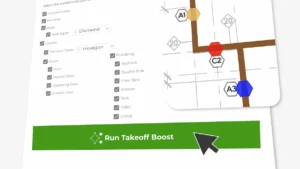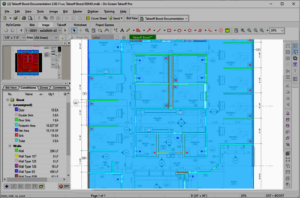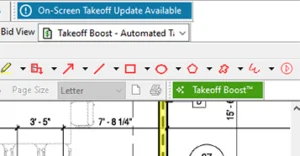Today’s construction industry is changing and modernizing at a rapid pace. There’s no better example of this than how 3D printing is being used to construct homes and commercial buildings.
Consider how far we’ve come since a University of South Carolina professor attempted to build the first 3D printed wall in 2004. Today, Deloitte Global predicts sales related to 3D printing by large public companies will exceed $2.7 billion in 2019 and top $3 billion in 2020.
Understanding 3D Printing
Here’s a closer look at the different types of 3D printing on the market:
- Contour Crafting involves using a large arm and nozzle to deposit and manipulate concrete during construction. Rails that support the arm and nozzle are installed all over the construction site so the arm can move freely and go where it’s needed. This process can create a square foot of wall in less than 20 seconds and a 2,000-square-foot, two-story house in less than 24 hours.
- D-Shape is a printer that uses binder-jetting, a layer-by-layer process to create durable structures. Created by Italian architect Enrico Dini, it binds sand with inorganic seawater and a magnesium-based binder to create a stone-like material.
- Metal 3D Printing involves a construction method called WAAM (wire arc additive manufacturing). It uses six-axis robotics arms and transforms standard industrial robots into a large-scale, mobile 3D printer for construction. As such, different types or parts of buildings can be manufactured using this method since the printer releases metal instead of concrete.
3D Printing Saves Time on the Jobsite
Perhaps the most obvious benefit of 3D printing is that it reduces time-consuming steps from the design process. Because it involves a shorter supply chain and a quicker design process, 3D printed homes can be completed in just under a day instead of a months-long process. As 3D printers don’t need to eat or sleep, they won’t stop working until a project is finished. This greatly reduces downtime on the jobsite.
In addition, 3D printed buildings have much lower costs than those built with traditional methods because they require less raw material and labor. With additive rather than subtractive processes, less materials are used in 3D printing than in traditional manufacturing processes. Also, labor costs can be reduced by up to 80% by having most construction completed by 3D printers. Production costs are reduced as well by eliminating the need for maintaining large storage spaces and transporting building materials.
Other benefits include that 3D buildings offer more structural integrity. As such, it’s easier to see the finished product before it’s even built. This makes it less complicated to make changes to the building. Also, 3D printing means there are fewer logistical issues during transportation. With 3D printing, materials can be transported cheaply, easily, and safely without requiring post-assembly work or wooden molds.
Questions Surrounding 3D Printing
One of the biggest concerns surrounding 3D is the lack of building codes. Axel Thèry of Constructions-3D noted: “the main difficulties come from the fact that the process of 3D printing buildings is not today recognized as a construction method by many codes and standards bodies. As the printed structures are not traditional, the calculations of resistance and resistance in time are difficult to realize, that is why the habitable works will have to be tested on a case-by-case basis at the beginning.”
What concerns some experts is that it is not clear how solid the structures are and whether they can withstand environmental conditions. To make 3D construction widely available, they say the government would need to develop electrical, plumbing, structural integrity, and public safety code standards.
In addition, the materials that can be delivered from the printer head are limited to concrete, plastic, and a few metals. Not only would this cause instability while building, but those that require wood, steel, or other materials would not be able to be built by the printer.
The Future of 3D Printing
Since few architects and engineers have implemented 3D printing in their building process, there is also a lack of technology to make the process more scalable. For example, traditional blueprints are currently not compatible with 3D printing software. In many cases, creating a 3D printed building would mean starting from scratch.
It remains to be seen whether 3D printing will reduce the number of architects, contractors, and engineers required to design and plan a construction project—or the number of craft workers on the jobsite. Will 3D printing really revolutionize the construction industry? The jury may be out, but there are clearly billions riding on it.
Are you ready to fast-track productivity with an integrated solution for takeoff, estimating, and production management? Find out what the Contractor’s Suite can do for your construction business – request a free demo now.



